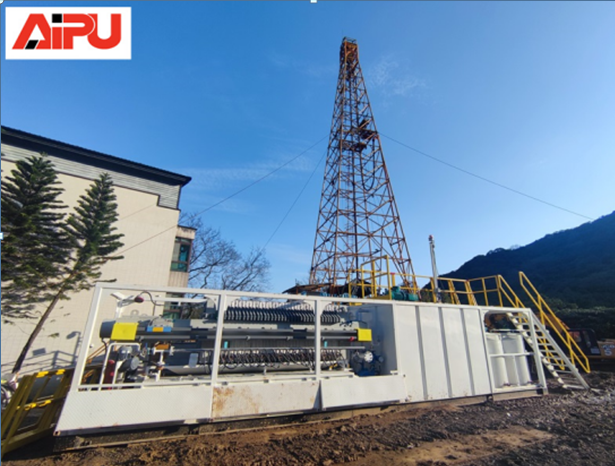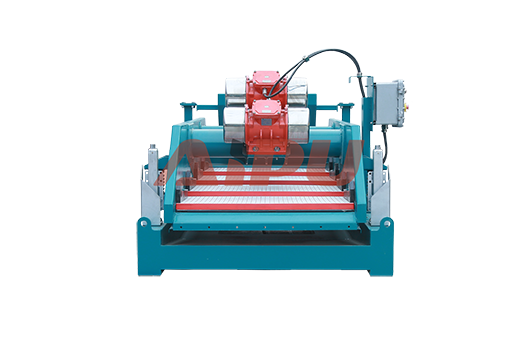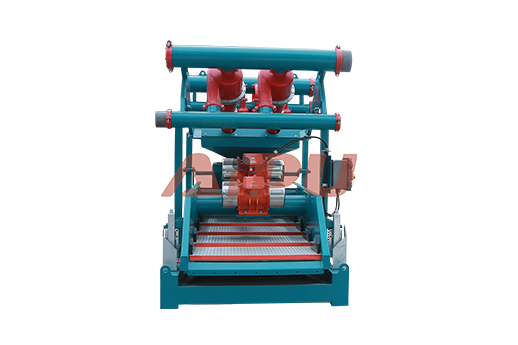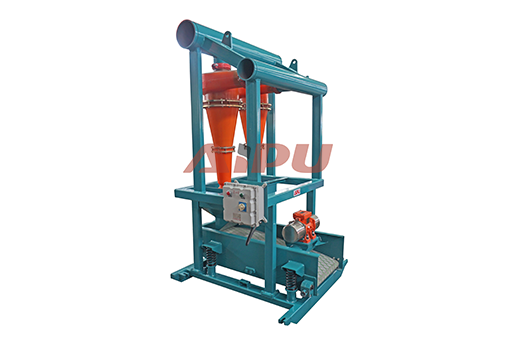Enhancing Drilling Efficiency and Cost - Effectiveness
Drilling fluid contamination is a significant issue in the oil and gas industry, as it can lead to reduced drilling efficiency and increased costs. Solids control equipment plays a crucial role in reducing this contamination, ensuring the smooth operation of drilling processes.
Understanding Drilling Fluid Contamination
Drilling fluid, also known as drilling mud, is a vital component in the drilling process. It helps to cool and lubricate the drill bit, carry cuttings to the surface, and maintain wellbore stability. However, during the drilling process, various solids such as rock cuttings, sand, and clay can mix with the drilling fluid, causing contamination. This contamination can increase the viscosity and density of the drilling fluid, leading to poor circulation and reduced drilling performance.
Functions of Solids Control Equipment
Solids control equipment is designed to separate the unwanted solids from the drilling fluid. The primary functions of this equipment include screening, settling, and centrifuging. Screening is the first step, where large cuttings are removed using shale shakers. These shakers use vibrating screens to separate the larger particles from the drilling fluid. Settling tanks are then used to allow the smaller particles to settle at the bottom, while the cleaner fluid is skimmed off the top. Centrifuges are used for the final stage of separation, where they use centrifugal force to separate the fine particles from the drilling fluid.
Benefits of Reducing Contamination
Reducing drilling fluid contamination through the use of solids control equipment offers several benefits. Firstly, it improves the quality of the drilling fluid, which in turn enhances the drilling efficiency. Cleaner drilling fluid allows for better bit penetration and reduces the wear and tear on the drill bit. Secondly, it reduces the environmental impact of drilling operations. By removing the solids from the drilling fluid, the amount of waste that needs to be disposed of is significantly reduced. This helps to minimize the pollution of soil and water sources.
Maintenance and Optimization of Solids Control Equipment
To ensure the effective operation of solids control equipment, regular maintenance is essential. This includes checking and replacing worn-out screens, monitoring the performance of centrifuges, and cleaning the settling tanks. Additionally, optimizing the operation of the equipment can further improve its efficiency. For example, adjusting the vibration frequency of the shale shakers and the rotational speed of the centrifuges can enhance the separation process. By properly maintaining and optimizing the solids control equipment, drilling companies can achieve maximum reduction in drilling fluid contamination.
In conclusion, solids control equipment is an indispensable part of the drilling process. By effectively reducing drilling fluid contamination, it not only improves the efficiency and performance of drilling operations but also helps to protect the environment.

Understanding Drilling Fluid Contamination
Drilling fluid, also known as drilling mud, is a vital component in the drilling process. It helps to cool and lubricate the drill bit, carry cuttings to the surface, and maintain wellbore stability. However, during the drilling process, various solids such as rock cuttings, sand, and clay can mix with the drilling fluid, causing contamination. This contamination can increase the viscosity and density of the drilling fluid, leading to poor circulation and reduced drilling performance.
Functions of Solids Control Equipment
Solids control equipment is designed to separate the unwanted solids from the drilling fluid. The primary functions of this equipment include screening, settling, and centrifuging. Screening is the first step, where large cuttings are removed using shale shakers. These shakers use vibrating screens to separate the larger particles from the drilling fluid. Settling tanks are then used to allow the smaller particles to settle at the bottom, while the cleaner fluid is skimmed off the top. Centrifuges are used for the final stage of separation, where they use centrifugal force to separate the fine particles from the drilling fluid.
Benefits of Reducing Contamination
Reducing drilling fluid contamination through the use of solids control equipment offers several benefits. Firstly, it improves the quality of the drilling fluid, which in turn enhances the drilling efficiency. Cleaner drilling fluid allows for better bit penetration and reduces the wear and tear on the drill bit. Secondly, it reduces the environmental impact of drilling operations. By removing the solids from the drilling fluid, the amount of waste that needs to be disposed of is significantly reduced. This helps to minimize the pollution of soil and water sources.
Maintenance and Optimization of Solids Control Equipment
To ensure the effective operation of solids control equipment, regular maintenance is essential. This includes checking and replacing worn-out screens, monitoring the performance of centrifuges, and cleaning the settling tanks. Additionally, optimizing the operation of the equipment can further improve its efficiency. For example, adjusting the vibration frequency of the shale shakers and the rotational speed of the centrifuges can enhance the separation process. By properly maintaining and optimizing the solids control equipment, drilling companies can achieve maximum reduction in drilling fluid contamination.
In conclusion, solids control equipment is an indispensable part of the drilling process. By effectively reducing drilling fluid contamination, it not only improves the efficiency and performance of drilling operations but also helps to protect the environment.








